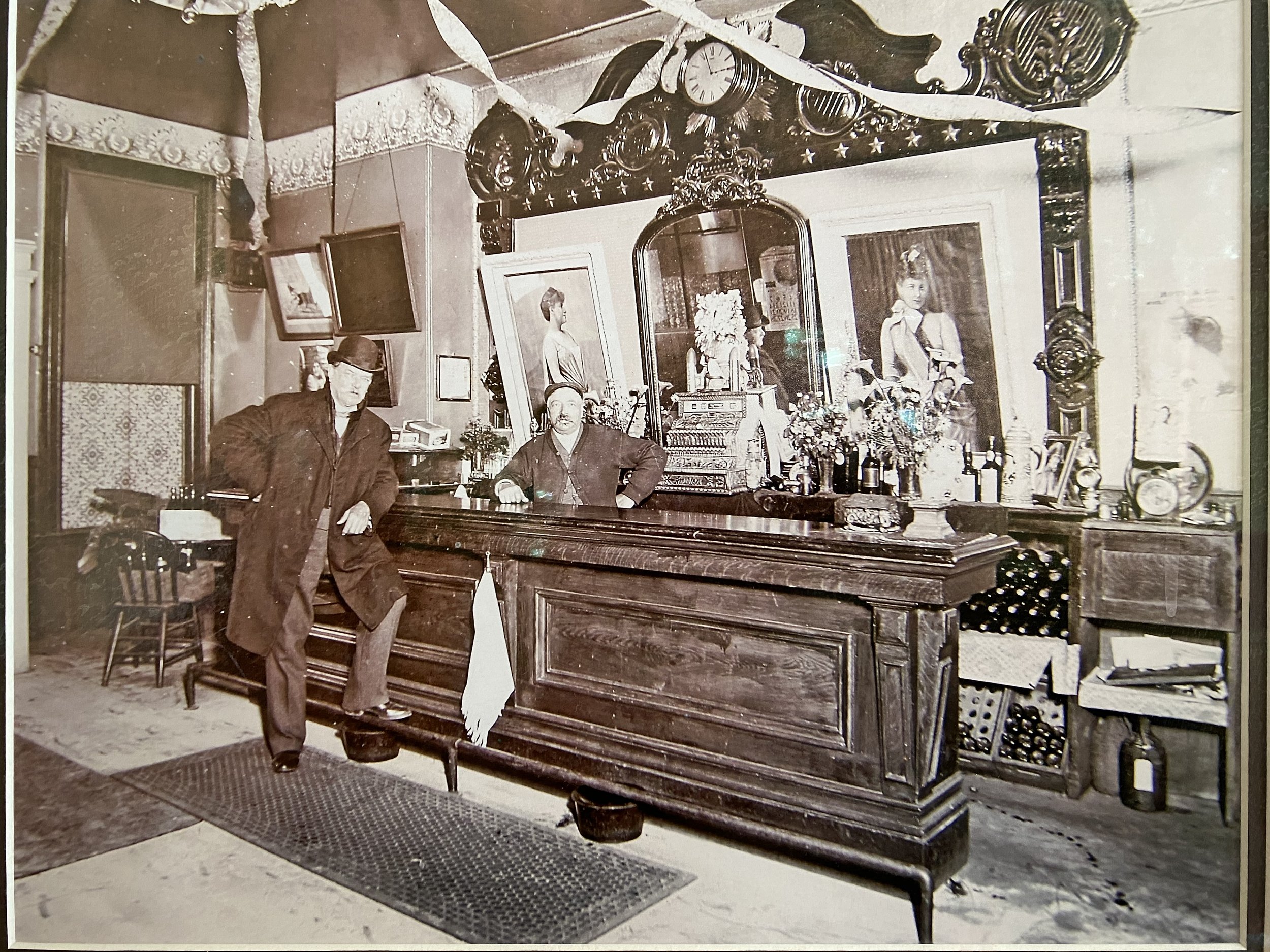
Framework
I’m certain many would question my writing process. Without any prior experience, I had no idea where to begin. So I started with an idea and a skeleton outline. I at least knew where I wanted the story to begin and end, and a little of what would happen in between.
I had these fabulous old photos and a little information from the family that owned them. I searched the family history, communicated with the historical society where the photos were taken, and discovered far more of forgotten times than I ever dreamed!
Newspaper clippings, more information from the family, plus a lot of online searches to gain insight into the events and behaviors relevant to my chosen setting and circa, and I suddenly found words filling in the body of my scant outline. I was thrilled when I had twenty-five pages. I was on a roll!
The process continued as the story evolved. Each discovery, or “aha” moment, fueled a writing frenzy taking my characters to the next pivotal moment. The journey was exhilarating! If there was a gap in scenes or plot, I would leave it stew while I worked on other parts of the story. I actually wrote the first and last chapters ahead of the rest, then let the body of the story fill itself in with each revelation.
This was the process for my first novel. I don’t know if I would have done it any differently, had I known at the beginning what I know now. The thrill of working through a scene and letting the story build itself around historical events has been addictive, to say the least.
One bad habit that I really must get away from is editing while writing. My understanding is that one should get the bulk of the story out, then go back to adjust, edit, correct, etc. I know of a few accomplished authors who will shake their heads when I say that I went back to the beginning and corrected my mistakes as soon as I learned something new in a class. “Oh dang! I used passive tense! Gotta fix that!” It was fresh in my mind, and I wanted to make the changes immediately, then carry the new knowledge forward as I continued to develop the story. What I found by doing that, was that those changes got me re-immersed my story and inspired me to carry through the next scenes. I got a lot done with this edit-in-progress method.
What I do know is this: there really is no wrong way to write. It will not come out perfect at first. There will be plenty of re-writing, editing, expanding and pruning to make your work shine. It’s worth the time and effort.